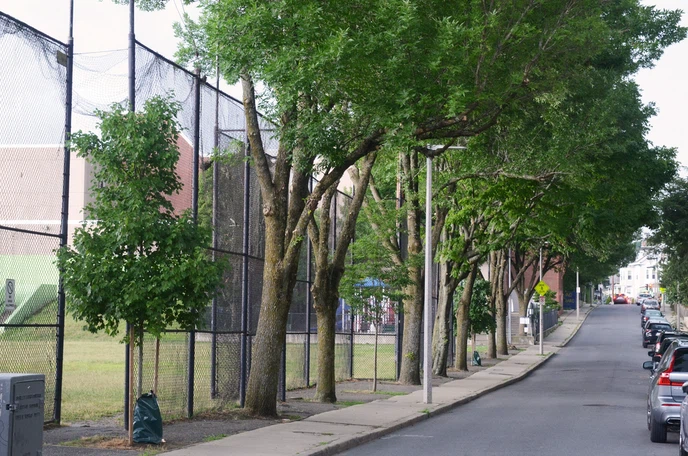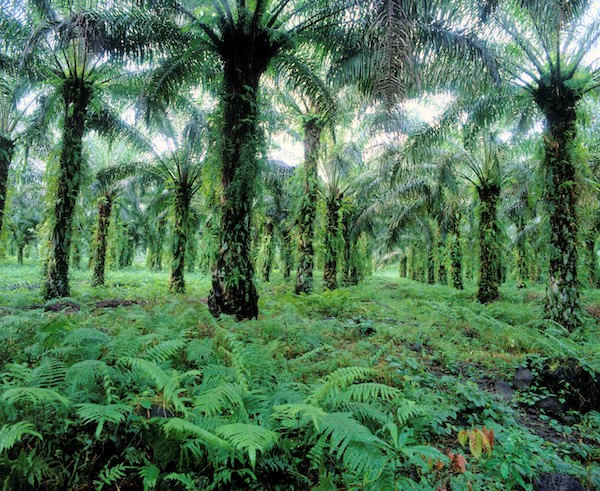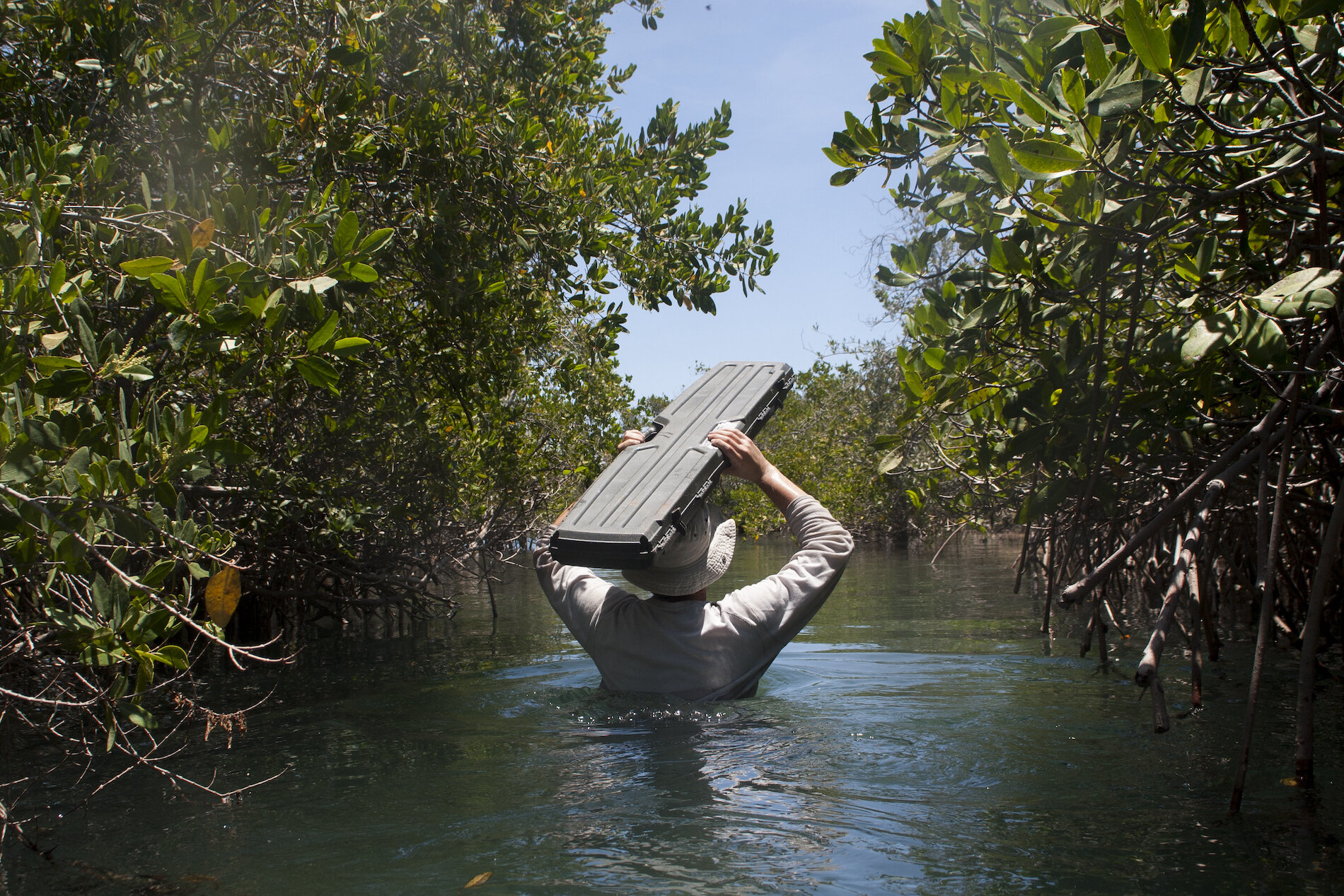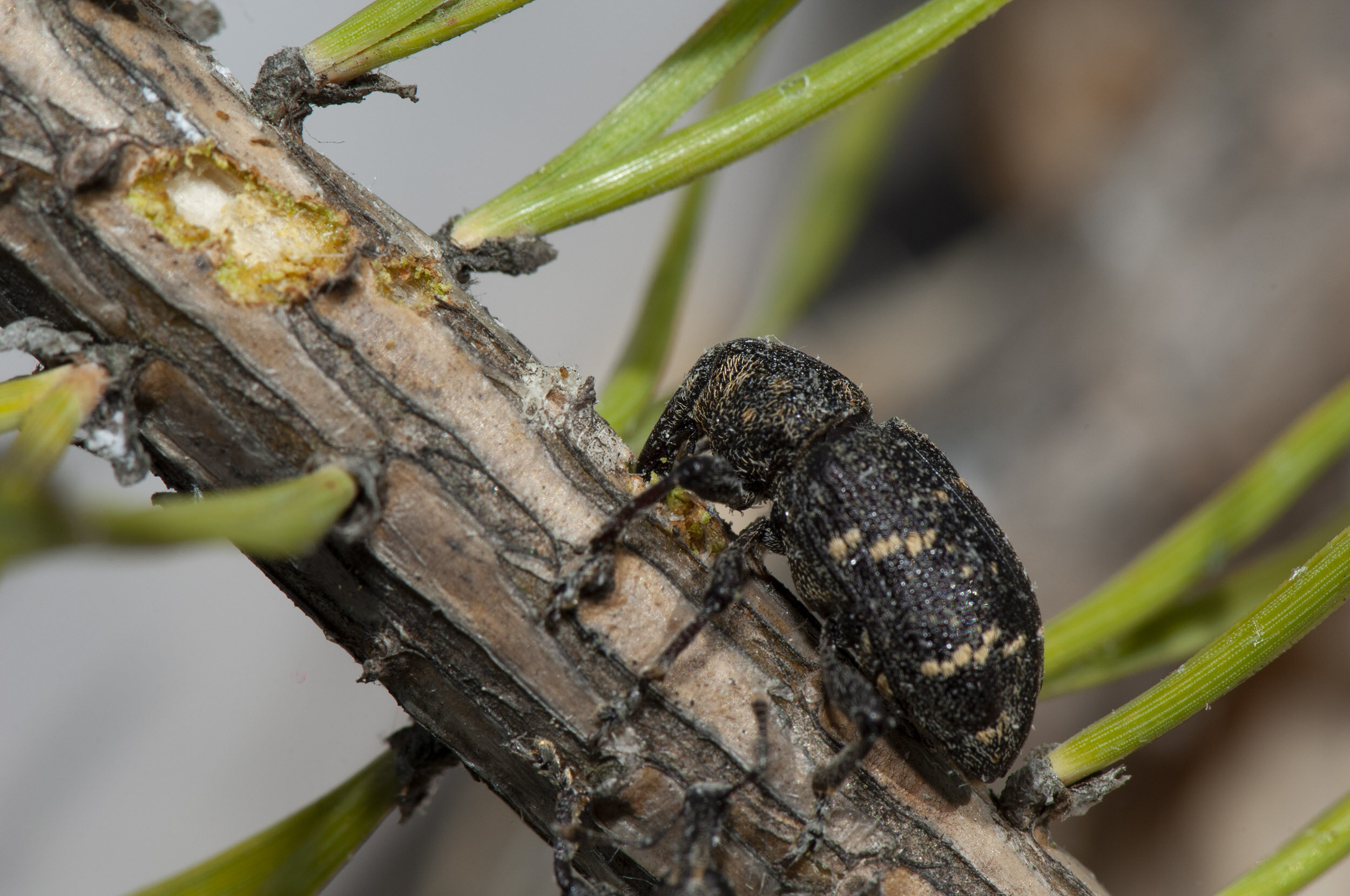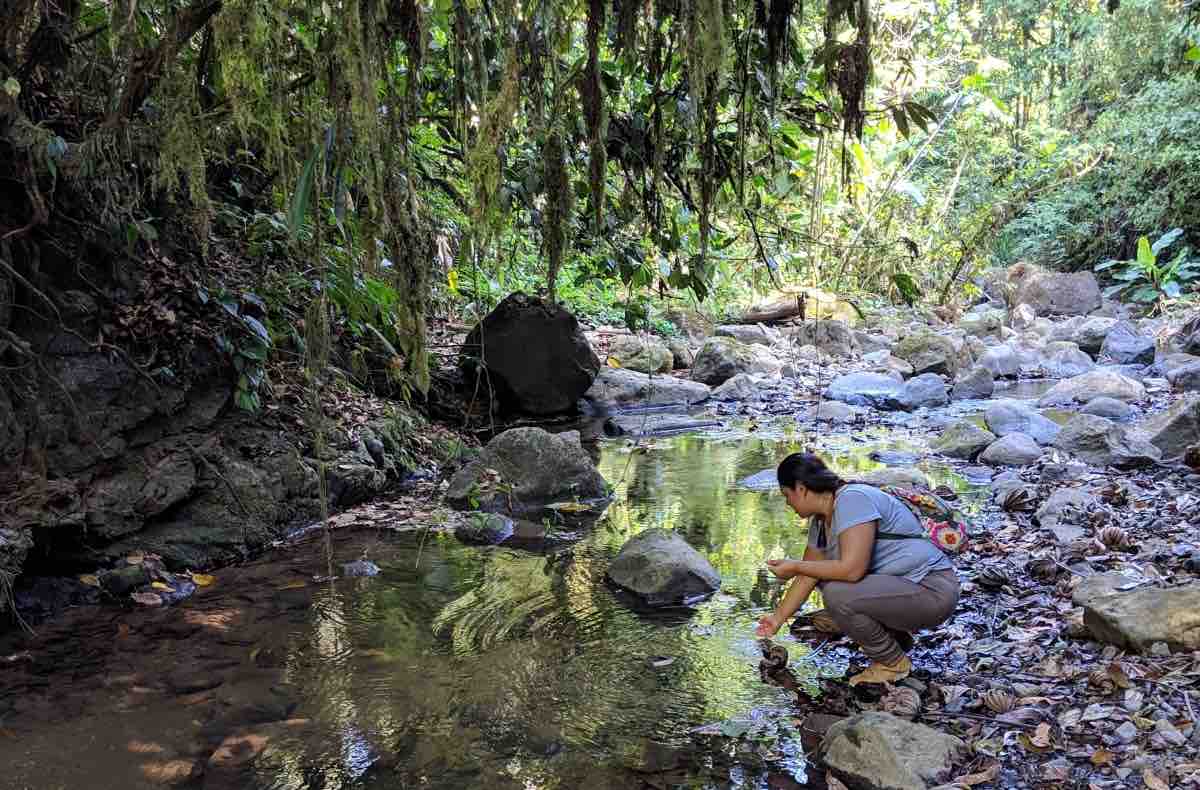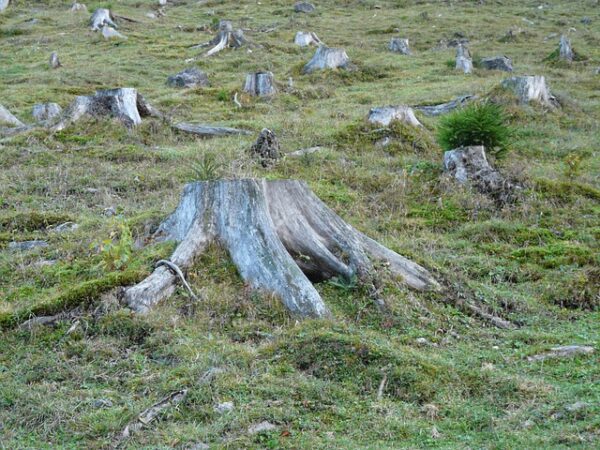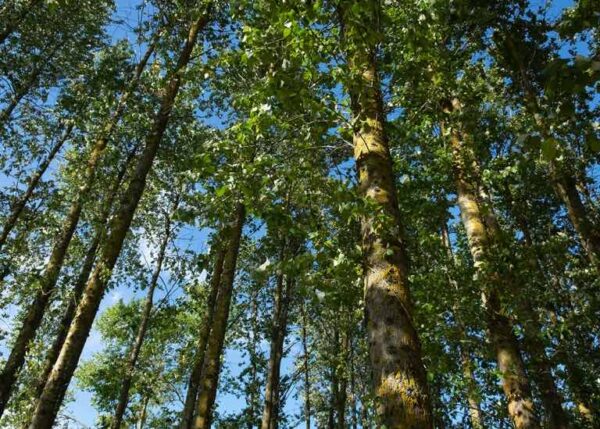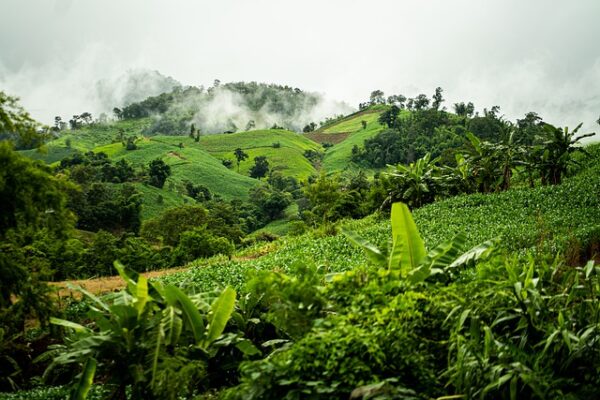
Over the last two centuries, human actions have resulted in rising temperatures, a massive carbon imbalance, and tremendous biodiversity loss. However, there are cases in which human stewardship seems to help remediate this damage. Researchers examined tropical forests across Asia, Africa and the Americas and found that the forests located on protected Indigenous lands were the healthiest, highest functioning, most diverse, and most ecologically resilient.



